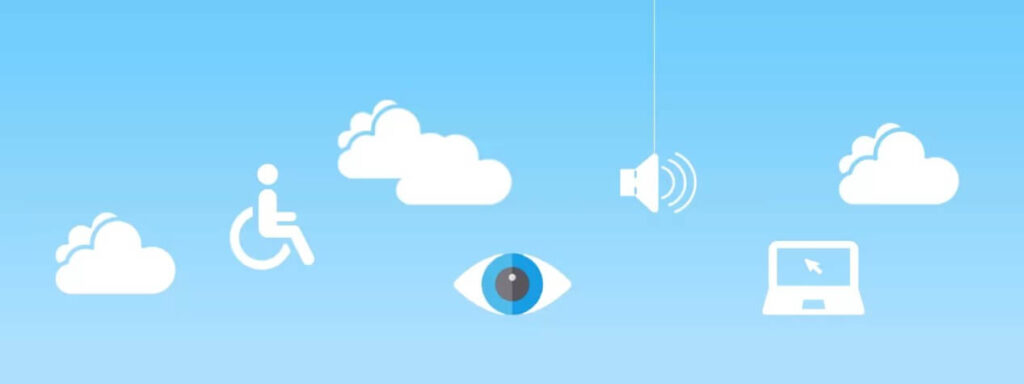Technology has taken over every segment of population, one of which is the disability sector which is growing day by day, globally. With the advent of inclusive education, every domain is engineered to be disabled-friendly, be it emailing service, Internet banking, e-payments, etc. The focus is now on assistive technology that is about products, easily accessible for everyone to utilise this major segment of global population for more productivity and growth.
What is Accessibility Testing?
Accessibility Testing tests the application to make sure that it is usable or compatible enough to be used by old age people, differently abled and disabled people.
With the help of assistive technology, people with disabilities operate a software product with much ease and confidence.
The websites once developed may usually contain certain navigational CAPTCHA issues that are mostly overlooked by companies. While the websites that undergo accessibility testing, most of these issues get sorted automatically.
Accessibility testing is done through a number of testing techniques that are applied using:
- Manual Accessibility Testing
- Automated Accessibility Testing
- A Combination of Both
The Need of Accessible Testing
To be part of the global mission of establishing inclusive technology in every domain, every web development company needs to make sure that whatever website, app or technology it develops, is completely accessible for people with disabilities also. No matter, how error-free a technology be, it stays unaccomplished unless it undergoes accessibility testing.
Standard Guidelines for Accessibility Testing
The accessibility testing of websites and applications is done through a set of standard guidelines, employed by various countries. Of these guidelines, Web Content Accessibility Guidelines (WCAG) are the most adopted standard guidelines for accessibility testing of websites, today. They are followed by all the organizations and governments in all the countries. They have accepted these guidelines as International Standards level. While in the US, Section 508 guidelines are applied on all government websites.
Manual Accessibility Testing
The W3C HTML Validator/Checker – This is a website tool that is used to change the text size, add high contrast color, screen reader function for reading image text for visually impaired. With this tool, the website can also have captions and transcripts as video and audio content for hearing impaired. The tool is used also for easy website accessibility using the ‘Skip Navigation’ feature for people with mobility issues.
Parameters Tested through Accessibility Testing
Following are the parameters that are tested for an application developed to be used by one and all.
- Usability of keyboard for all mouse operations
- Arrangement of tabs for smooth navigation
- Shortcut keys for opening the menu
- Software compatibility with all operating systems
- Clearly determined response time of every page
- Correct labelling in application
- Flexible color arrangement in the application
- Appropriate use of images or icons for better understanding of users
- Auto-alerts in the application
- Adjustment of audio and video controls
- Suitable audibility of audios and videos
With due training provided to all the users, these accessibility-tested softwares and apps can be made congruous for all the people likewise.
The web design team at Tarika Group, understands the significance of accessibility testing, and follows all ADA (American Disability Act) guidelines to make the website accessible for people with disabilities.
To know more about our web design services, Click here.

